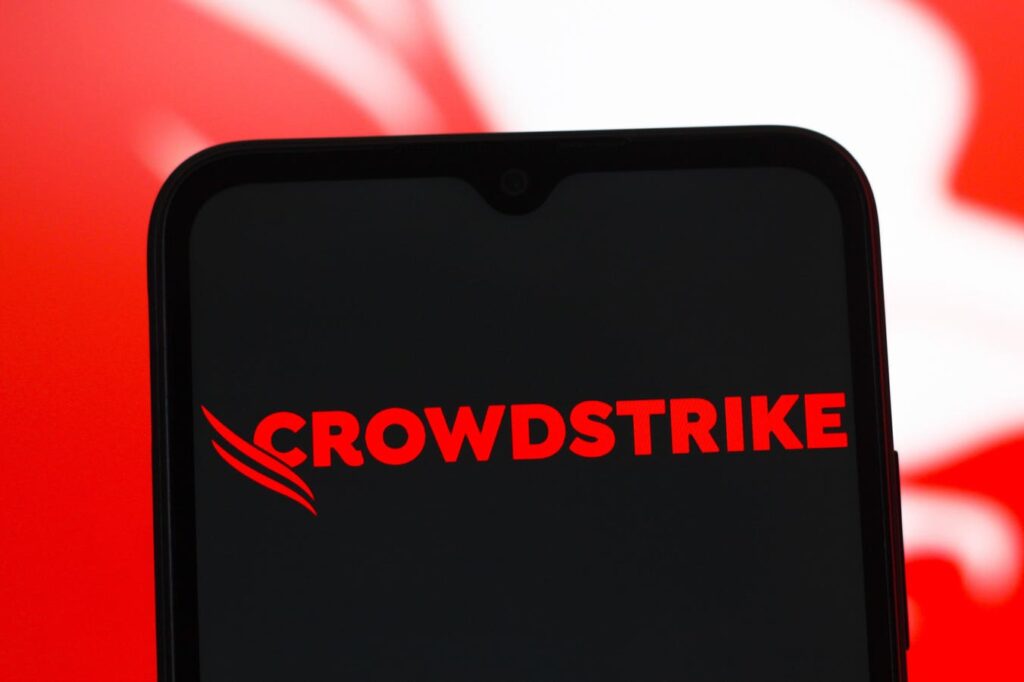Yes, we think so. Trading at a whopping 122 times its adjusted trailing earnings, CrowdStrike (NASDAQ:CRWD), a security software company, looks expensive. Sure, the company’s growth has remained impressive lately. But the important question is whether this valuation is justified. And we don’t think it is.
Our conclusion is based on a comparison of CRWD’s current valuation with its recent operating performance and current and historical financial condition. Our analysis of CrowdStrike, across key parameters of Growth, Profitability, Financial Stability, and Downturn Resilience, reveals a very strong operating performance and financial condition, as detailed below. Now, to reduce stock specific risk, consider taking a look at the Trefis High Quality portfolio, which has outperformed the S&P 500 and achieved returns greater than 91% since inception. Also, see – How Did CrowdStrike Fare In Q1?
CrowdStrike’s valuation appears significantly higher than the broader market, with its price-to-sales (P/S) ratio standing at 28.1 – well above the S&P 500’s 3.2. Our dashboard on CrowdStrike’s valuation ratios has more details. This high valuation comes despite the company demonstrating extremely strong top-line growth in recent years. Over the last three years, CrowdStrike’s revenue has expanded at an average rate of 40%, far exceeding the S&P 500’s 6.3%. Also, revenues grew 20% to $1.1 billion in the most recent quarter, outperforming the S&P 500’s growth rate.
Regarding profitability, CrowdStrike’s reported operating income over the last twelve months was -$252 million, resulting in a negative operating margin of -6.1%, which is worse than most companies. However, on an adjusted basis, its operating margin was a healthy 20.3% for the same period. Adjusted operating income excludes stock-based compensation and certain one-time items such as acquisition-related expenses and other non-recurring costs. The company also shows strong cash generation, with an operating cash flow of $1.4 billion, leading to a high operating cash flow-to-sales ratio of 33.4%, significantly better than the S&P 500’s 15.7%.
CrowdStrike’s financial stability is very strong. With a debt of $785 million against a market capitalization of $122 billion, its debt-to-equity ratio is a very low 0.6%, indicating minimal reliance on debt compared to the S&P 500’s 19.0%. Furthermore, cash and cash equivalents of $4.6 billion make up 53% of its total assets, highlighting a robust cash-to-assets ratio compared to the S&P 500’s 14.8%.
Despite its strong growth and financial health, CRWD stock has shown weakness during market downturns. During the 2022 Inflation Shock, the stock fell 58.3%, a steeper decline than the S&P 500’s 25.4%. Similarly, during the 2020 Covid pandemic, it dropped 50.0% compared to the S&P 500’s 33.9%. While the stock fully recovered to its pre-crisis peaks in both instances, its greater volatility suggests weaker resilience during market crashes.
In summary, CrowdStrike shows strong performance across key financial metrics, and its profitability is good on an adjusted basis. We believe this positive performance is already reflected in the current stock price of $460, given its very high valuation. The stock trades at 28 times its trailing revenues and a significant 122 times its trailing adjusted earnings of $3.73 per share, which is much higher than its three-year average price-to-earnings ratio of about 80x.
Furthermore, there’s a risk of a broader market downturn, which historically has impacted CrowdStrike’s stock more severely than the general market. Also, the growth is slowing. The consensus estimates project average sales growth of 21% over the next couple of years, compared to 40% average growth seen in the last three years.
Considering these factors, we do not think now is a good time to buy CRWD stock. Investors would likely benefit from waiting for a further price dip. Surely, we could be wrong. There’s a chance investors might continue to value CRWD highly if sales grow faster than expected. But, the risk at the current valuation appears high. In fact, the risk assessment framework is something we focus on while constructing the 30-stock Trefis High Quality (HQ) Portfolio, which has a track record of comfortably outperforming the S&P 500 over the last 4-year period. Why is that? As a group, HQ Portfolio stocks provided better returns with less risk versus the benchmark index; less of a roller-coaster ride, as evident in HQ Portfolio performance metrics.
Read the full article here


